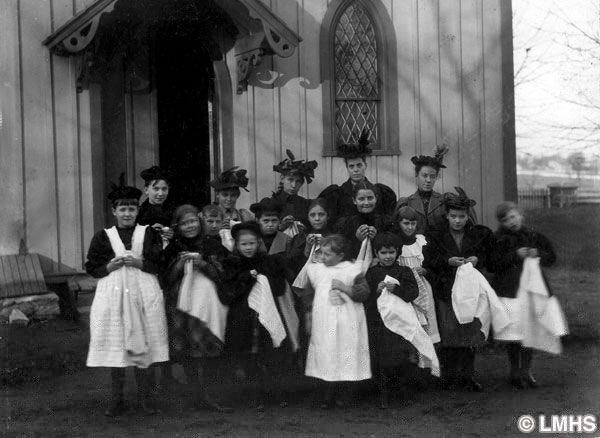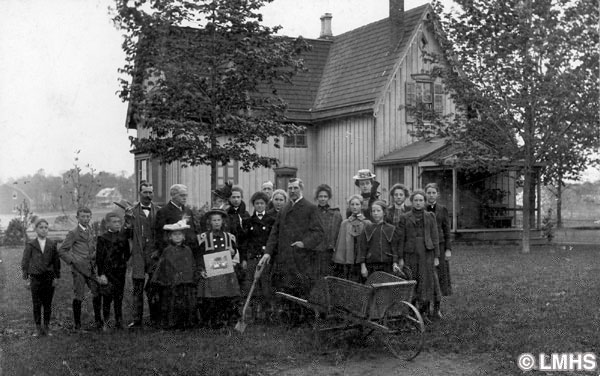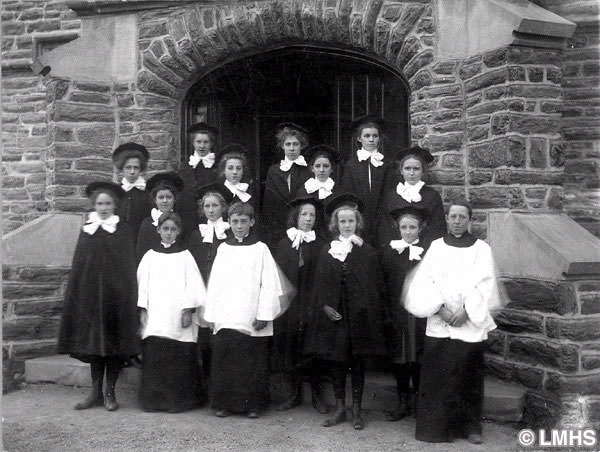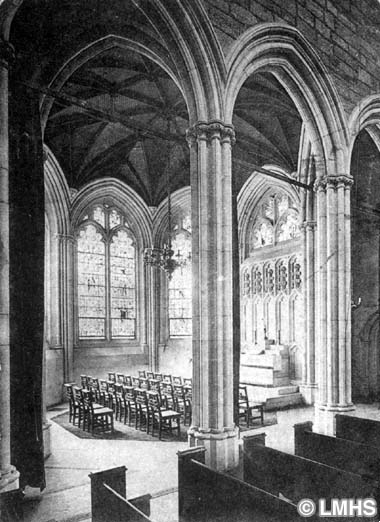St. John’s Episcopal Church


Near Bowman’s Bridge, “fronting on the road running from the Merion Turnpike to the Academy,” the first service at St. John’s was held on August 6, 1863, during the Civil War. The building was of board and batten construction. The church began because seven men, then members of the only Episcopal church in Lower Merion, the Church of the Redeemer in Bryn Mawr, voted that “the demands of this neighborhood require that an Episcopal church be organized without delay…” In 1864, a matching wooden rectory was built and by 1871 a Sunday school building of similar style was erected. In 1878, the Sunday school superintendent, John Marston, instituted Lenten Offerings for Missions. This was the start of Lenten Mite Boxes in Episcopal churches throughout the world. Millions of dollars have been raised over the years. For over 130 years St. John’s has been a spiritual presence in Bala-Cynwyd. The feelings of love and tolerance for all continue in this congregation today.
In 1900, the stone church which exists today on Levering Mill Road was begun. Stained glass was done by Nicola d’Ascenzo Studios of Philadelphia and Hardman Studios of Birmingham. In 1938, Dr. Herbert J. Tily donated money to purchase a M.R. Moller organ, still in weekly use. The organ screen and pulpit canopy are of oak, carved by Geog sel Erben of Oberammergau in 1911-12. The pulpit is Caen stone and Siena marble.
Recent charitable acitivities at St. John’s are: preparing and donating food for the needy through Aid for Friends and St. Barnabas Church; parishoners volunteering time and money to an after-school, inner city arts program at St. Gabriel’s Mission; participating in Habitat for Humanity; and buying and wrapping Christmas gifts for abused and neglected children in the Norristown area.




